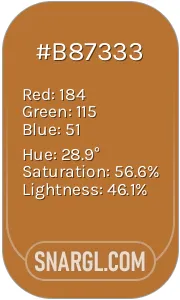
PANTONE 1215
What color is PANTONE 1215?
PANTONE 1215 has different codes and values depending on the material and color space it is applied to.
For example, PANTONE 1215 C is the code for the color on coated paper, while PANTONE 15-1215 TCX is the code for the color on cotton fabric.
PANTONE 1215 is a warm and bright yellow color that can evoke feelings of happiness, optimism, and energy.
It can also be associated with sunshine, gold, and honey.
PANTONE 1215 has a hue angle of 46 degrees, a saturation of 46%, and a lightness of 97%.
In RGB color space, PANTONE 1215 has a red value of 247, a green value of 220, and a blue value of 134.
In hexadecimal notation, PANTONE 1215 is represented by #F7DC86.
PANTONE 1215 is a versatile color that can be used in various design contexts, such as branding, packaging, fashion, and interior design.
It can create a cheerful and lively mood when used as a dominant color, or a subtle and elegant contrast when used as an accent color.
PANTONE 1215 can be paired with other colors to create different effects, such as complementary colors like purple or blue, analogous colors like orange or green, or monochromatic colors like lighter or darker shades of yellow.
Example of the palette with the PANTONE 1215 color

See these colors in NCS, PANTONE, RAL palettes...







 Satin sheen gold
Satin sheen gold Copper
Copper Earth yellow
Earth yellow Blond
Blond Buff
Buff







